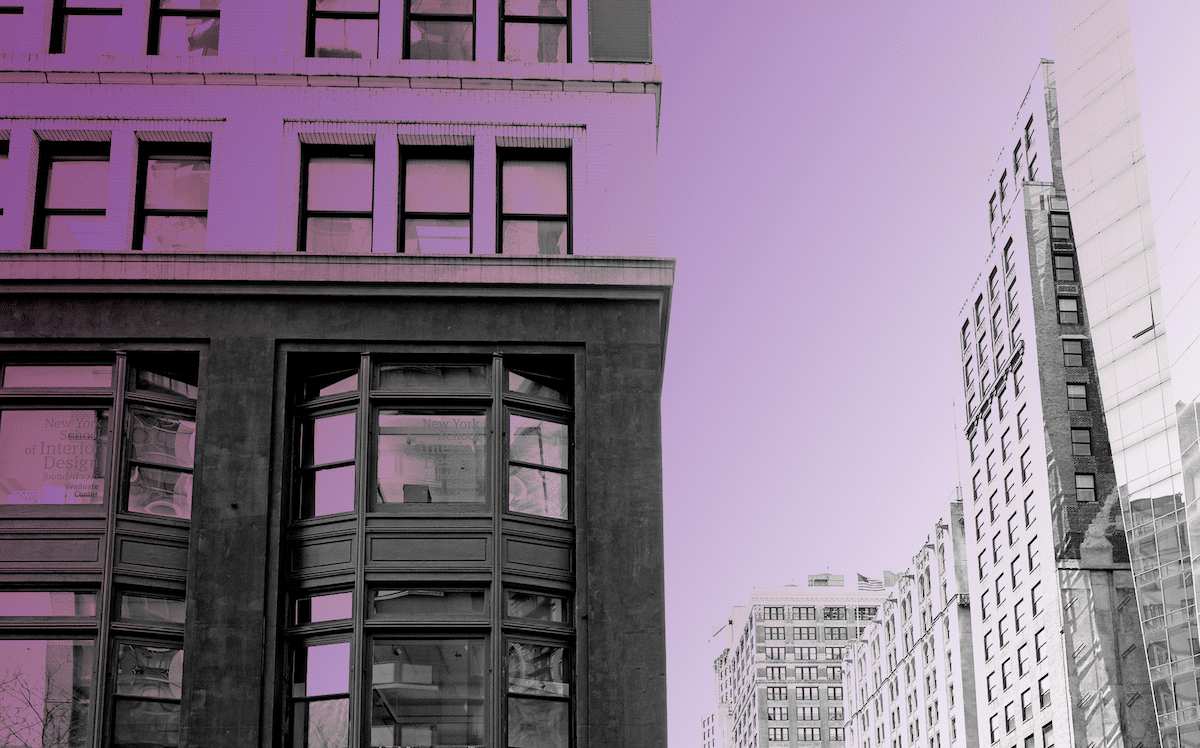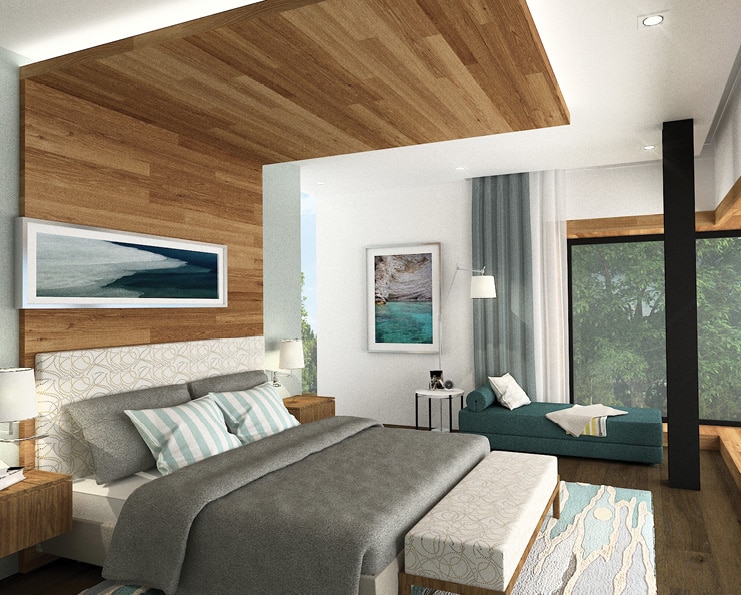The Master of Professional Studies in Sustainable Interior Environments program at NYSID is positively impacting the industry.

[Photo: Courtesy of NYSID]
Some design schools’ sustainability programs and classes are science-based: Students learn the facts about environmentally friendly building materials but not necessarily how to create beautiful, sustainable spaces in an economically viable way.
Not so at New York School of Interior Design (NYSID). The school’s one-year Master of Professional Studies (MPS) in Sustainable Interior Environments program, launched in 2010, integrates design with sustainability, focusing on human welfare, resource conservation, and the practical application of sustainable interior design strategies. The program’s LEED-accredited instructors, all currently working as design professionals in the field, teach students to apply the triple bottom line—people, planet, and profitability—to future design projects.
“Usually students learn about the planet and people, but nobody talks about profitability,” says Ethan Lu, faculty in the MPS in Sustainable Interior Environments program at NYSID. “Our mission is to make our students understand that the economic model has to work in order for sustainability to work. You can be as sustainable as you want, but if nobody’s willing to pay for it, then what’s the point? Sustainability has marketing benefits that make up for extra cost, too, because when you market yourself as a company that’s sustainably responsible, that pays off.”

[Photo: Courtesy of NYSID]
Learning to Lead
With a combination of studio and technical courses, the program prepares design professionals for leadership roles in developing and maintaining sustainable spaces that will positively impact the world. Lu says 70% of the students are international, including from India or South America where sustainability isn’t as prevalent yet, and they want to be the leaders in bringing sustainability back to their home countries. Students from the U.S., meanwhile, are looking to enhance their sustainability knowledge and beef up their resumes.
This year, the program focused on serving a nonprofit community in Course 748: Maintaining the Green Interior, where students created a sustainability plan for the Center for Performance Research in Brooklyn. The 4,000-square-foot, mixed-used arts facility in Brooklyn’s first LEED building provides affordable rehearsal and performance space for arts programming and education. Via surveys from building occupants (staff and artists in residence), students evaluated the effectiveness of the space in terms of indoor environmental quality (temperature, lighting, air quality, acoustics); space programming, organization, circulation, cleanliness, material durability, and appropriateness of furniture and finishes. They then completed a post occupancy evaluation with data and recommendations for the client to improve the facilities.
Hands-On Training
The course gives students an edge over other design professionals, says instructor Roxanne Ryce-Paul. “It’s a huge advantage for a builder or developer in today’s sustainable building market to have an interior designer who in addition to FF&E and healthy materials can speak the language of building siting and orientation, envelope construction, window efficiency, mechanical, electrical and plumbing systems, and acoustics,” she says. “The students were super enthusiastic to test, almost immediately, what they were learning in the classroom in a situation from which their expertise could produce real and beneficial results.”
The students’ recommendations were filtered through the lens of economy and reuse, prioritizing energy efficiency, and the students were cognizant of the client’s financial resource limitations. “They realized that the pursuit of sustainably built environments can be accessible to all social groups and all income levels,” Ryce-Paul says. The service learning aspect is a huge part of the program overall. “We want our students to learn that they can serve the community; it’s not all about designing for rich clients,” Lu says.
The course also changed some of the students’ preconceived notions about sustainable design. “Sustainable, green, or energy-efficient building design has been miscast as a style and as eccentric,” Ryce-Paul says. “Some students come into the program to some extent with this view. They expected green buildings to look a certain way, but after completing the class, they spoke about having ‘eureka moments’ with a sustainable design decision, or surprising themselves when sustainability was so embedded in their designs that it became part of their DNA.”
FROM OUR NOV+DEC 2018 ISSUE

The preferred publication of leading green professionals.

[Photo: Courtesy of NYSID]
Sharing the Knowledge
Michelle Jacobson, a 2018 graduate of the program and student in Ryce-Paul’s class who has 25 years of experience as an interior designer, says the program helped increase her knowledge of sustainable building principles and explain them to clients. “NYSID’s program focuses on not just building or furniture materials, but on teaching us how our choices can impact the air that inhabitants breathe and water they drink,” she says. “The program is wide-ranging, teaching us about hard and soft good choices, building materials, aluminum versus metal, steel versus brick, LEED and WELL building qualifications, and, once the building was completed, how to be a facilities manager and maintain the building sustainability.”
She brought that knowledge back to colleagues, too. “A lot of my colleagues are younger than me, but they have no idea about recycling and why you should choose one fabric or hardwood frame over another, or why you shouldn’t choose to buy a certain cabinet because it’s an unsustainable wood on its way to extinction,” she says. “I’m able to educate my colleagues so they’re able to make good choices as well. As interior designers, by making better choices, we can make an impact on the world.”
THE PROGRAM
NYSID’s Master of Professional Studies in Sustainable Interior Environments program helps professionals design sustainable buildings that are both economically viable and beautiful.
Students, 50% architects and 50% interior designers, are paired up for collaborative projects, where designers might focus on materials and finishes while architects focus on structural systems. The strength is having both sides of the equation. “We end up with a lot of design knowledge because of their keen eye for material and fabric selections, and we marry it with sustainability knowledge,” Lu says. “Some products could be sustainable but really ugly. It’s about picking out aesthetically pleasing and sustainable fabrics and having a keen eye to curate that process.”
